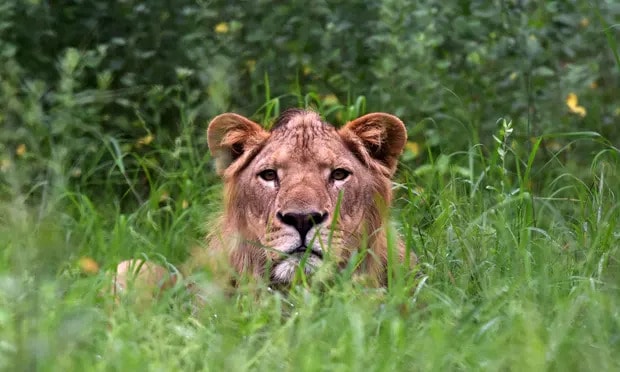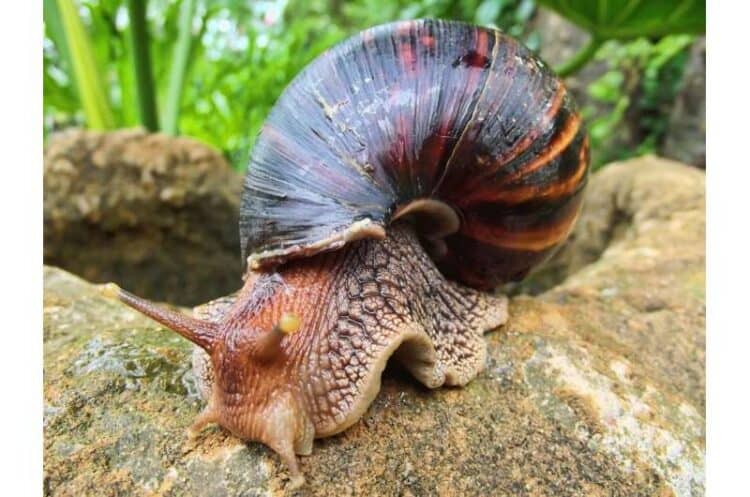African grey parrots are known to be smart, talented mimics. Alex, one of the most well-known African grey parrots in the world, could mimic over 100 human words, differentiate between various shapes and numbers, and would even wish his trainer “goodnight”.
Predictably, these birds are extremely popular as pets.
But their popularity has taken a heavy toll on their wild populations, according to a new study funded by Spain’s Loro Parque Foundation, and published in the journal Ibis.

In Ghana, close to 99 percent of African grey parrots (Psittacus erithacus) have disappeared since 1992, largely due to unrestricted trade, researchers have found. Once abundant, these birds are now extremely rare in the country.
“We knew the Grey Parrot had suffered serious population declines over the last two decades but we did not envisage the declines were this severe in Ghana,” Nathaniel Annorbah, lead author and doctoral student at the Manchester Metropolitan University in U.K., told Mongabay. “Populations declines in the region of over 90% are potentially catastrophic to the survival of the species in Ghana.”
African grey parrots are one of the most commonly traded of all birds. More than one million wild grey parrots were likely traded between 1982 and 2001, the authors write.
To assess the impact of such widespread trade on wild African grey parrots, Annorbah, and his colleagues, reviewed the bird’s historical distribution in Ghana, and surveyed Ghana’s forests between 2012 and 2014 to determine the parrot’s current status.
The results were alarming. Annorbah and his team found that grey parrots have been nearly completely eliminated across Ghana.
Of the 42 squares they surveyed, the team spotted African grey parrots in only 10. Roosts in which biologists had recorded 700 to 1200 grey parrots in the past decade, had just around ten birds at the time of the survey. Overall, since 1992, Ghana seemed to have lost between 90 to 99 percent of its grey parrots, the researchers found.
“For decades Grey Parrots were traded out of Africa with no-one paying enough attention to the effects,” Nigel Collar, co-author from BirdLife International, U.K., told Mongabay. “The numbers reported to CITES made it seem as if the resource would never be exhausted. Now at last we get the clearest and starkest of warnings that this iconic species is no different from any other when it comes to trade.”
Nearly all of the 846 Ghanaians the team interviewed believed that grey parrot populations had declined in the last decade or so. The team also interviewed 26 bird traders, who reaffirmed the bird’s decline in Ghana, and said that the supply of birds was now negligible.
Grey parrots are protected by Ghana’s wildlife laws, Annorbah said, and their trade is currently prohibited, as has been the case over the last two decades. “There are obviously no breeding facilities in Ghana and any specimens originating from Ghana are wild-sourced,” he added. But “we currently do not have data on whether any Grey Parrots are exported illegally from Ghana. What we are certain about is the fact that populations have declined drastically and Grey Parrots are hard to find.”
Experts agree that trade is mostly to blame for the collapse of Ghanaian grey parrot populations. But habitat loss — specifically the loss of tall trees for nesting or roosting — may have had considerable impact on their populations as well, they say.
In some parts of central Africa, though, the African grey parrots seem to be doing well, the authors write. However,those in West and East Africa may be in severe trouble, they add.
African grey parrot’s recently split sister species — the Timneh Parrot (Psittacus timneh) — is likely suffering a similar fate across its range.
“I do not think Ghana is different from other countries in the intensity with which it exploited its parrots,” Collar said. “I think this study is a wake-up call to other range states to undertake similar monitoring projects in order to get a baseline status assessment against which future changes can be properly recognised.”
Moreover, Collar thinks that the international trade in wild African grey parrots should be banned by placing the species on Appendix I of CITES.
“Populations need time to recover and range states need to undertake status reviews,” he said. “Work will have to be done in countries where the trade in Grey Parrots is still considered viable to deflect trappers and traders into other business, and to win over communities to guarding the species with pride and pleasure.”
Citation:
-
Annorbah N.N.D, Collar N.J, Marsden S.J (2015) – Trade and habitat change virtually eliminate the Grey Parrot Psittacus erithacus from Ghana. doi: 10.1111/ibi.12332
This article was first published by Mongabay.com on 01 Dec 2015.






Leave a Reply